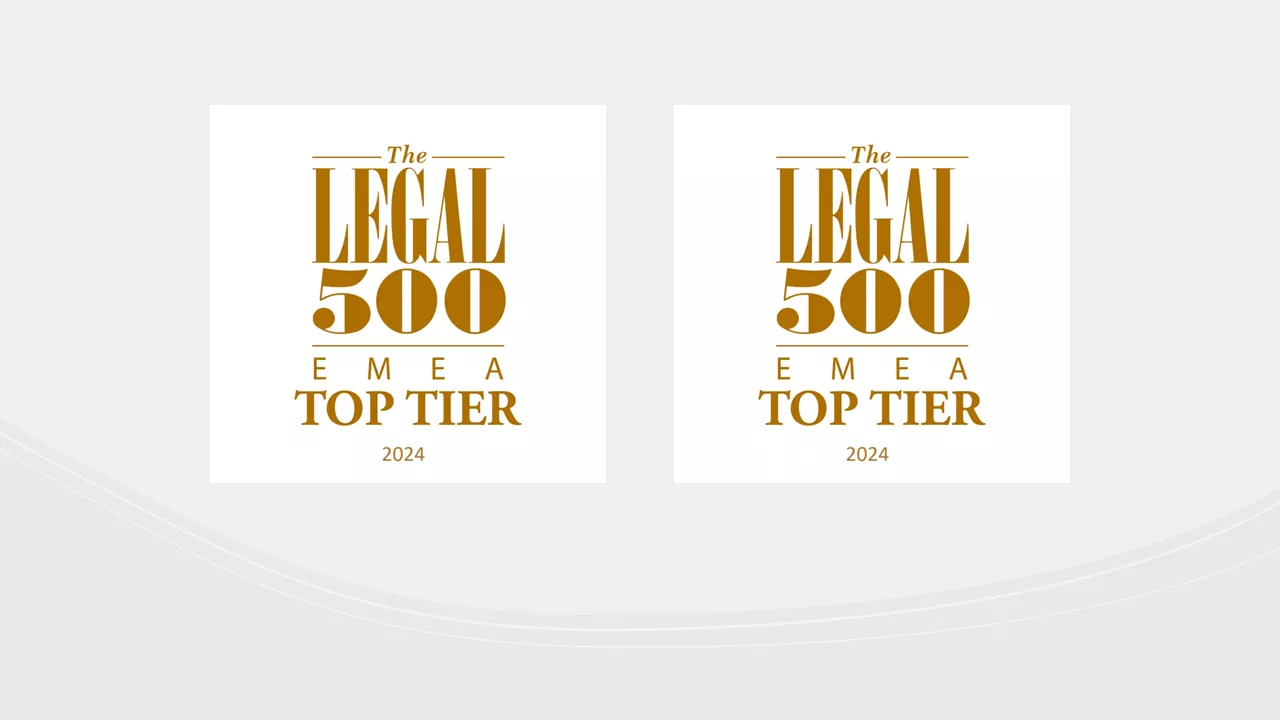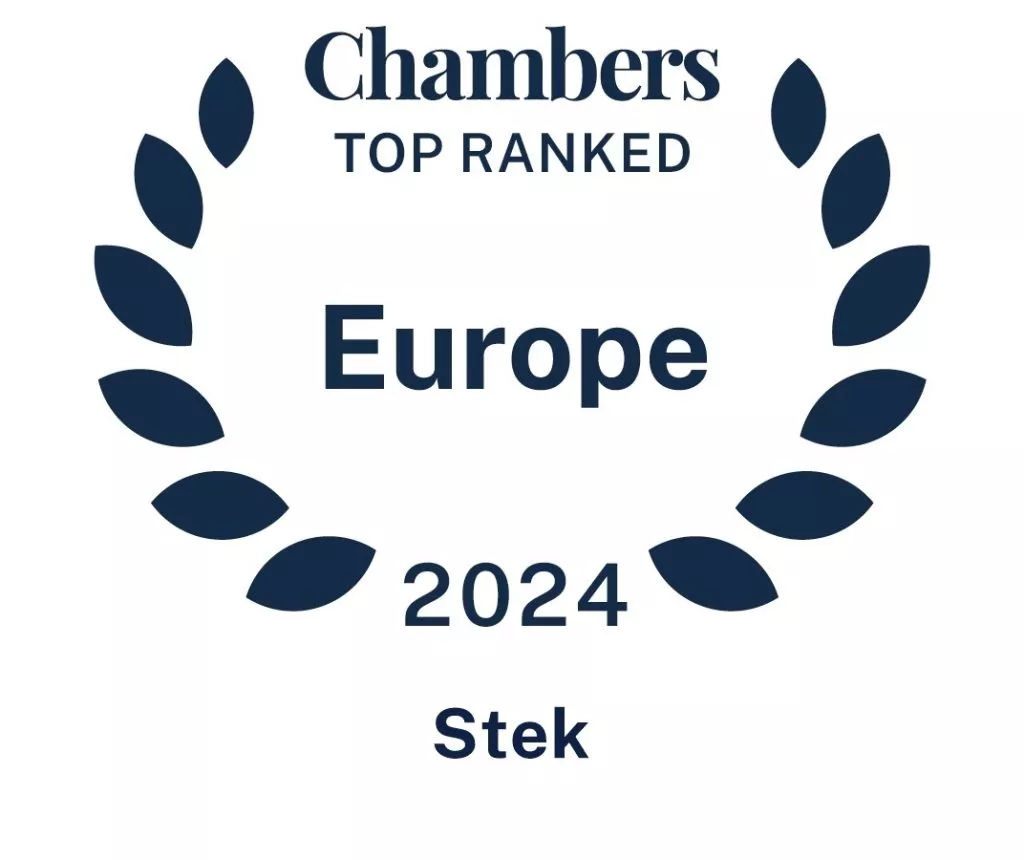On 13 November 2023, the legislative proposal amending the dispute resolution procedure and inquiry proceedings was submitted to the House of Representatives. The legislative proposal introduces significant changes to (in particular) the dispute resolution procedure. It aims to improve the effectiveness of the dispute resolution procedure by adjusting some procedural aspects of the procedure and broadening the grounds on which and to whom different parts of the dispute resolution procedure can be assigned.
These changes are much needed. Shareholders who have a dispute with each other now mostly choose inquiry proceedings, as it is generally faster, more efficient and more effective. However, in inquiry proceedings, a permanent transfer of shares is not possible. In this blog, we discuss the main changes from the legislative proposal on the dispute resolution procedure. We will leave aside the amendment to the access requirements to the inquiry proceedings for capital providers of listed companies.
Dispute resolution procedure
The dispute resolution procedure provides for four procedures that offer a permanent remedy in case shareholders of a Dutch BV or NV cannot resolve their dispute themselves. These are the squeeze-out procedure (Section 2:336 of the Civil Code), the procedure for the transfer of voting rights in the event that the voting right is vested in a usufructuary or pledgee of shares (Section 2:342 of the Civil Code), the exit procedure (Section 2:343 of the Civil Code) and the petition procedure in which the court can be requested to determine the price of the shares if there is agreement between the parties on the exit of a shareholder but not on the price (Section 2:343c of the Civil Code). In practice, the squeeze-out and exit procedures are used in particular.
Scope of dispute resolution procedure
The legislative proposal brings the scope of the dispute resolution procedure up to date. The proposed Section 2:336 of the Civil Code regulates that the regulation applies to BVs and NVs, with the exception of those that are listed companies.
Adaptation of the procedural aspects of dispute resolution procedure
The legislative proposal regulates that the squeeze-out procedure, the compulsory transfer of voting rights procedure and the withdrawal procedure will each now be conducted as petition proceedings. Under current law, these proceedings are each conducted as writ proceedings. In addition, the legislative proposal provides for the proceedings to take place in one factual instance before the Enterprise Chamber of the Amsterdam Court of Appeal. The expectation of the legislator is that this will lead to an acceleration of the dispute resolution procedure and thus may also improve the effectiveness of the dispute resolution procedure.
We think many shareholders would be helped in practice by these changes. Dressing the dispute resolution procedure as a petition procedure makes joinder with a request for inquiry proceedings much easier. A shareholder can then submit both a request for exit or resignation and a request for an inquiry in one (preliminary) petition. Also after inquiry proceedings, it is conducive for the Enterprise Chamber (which has already looked into the relevant dispute) to consider such a request, instead of the court. Partly in view of the other procedural possibilities already available under the dispute resolution system – such as the filing of connected claims or the granting of preliminary injunctions – we expect that this will put parties in an even (much) better position to submit the dispute to the Enterprise Chamber in full. This will make the Enterprise Chamber truly a ‘one-stop shop’.
Extending grounds for squeeze-out procedure
Under current law, only conduct carried out in the capacity of shareholder can lead to fulfilment of the criterion for the squeeze-out procedure. The conduct of the shareholder as such must endanger the functioning of the company, not the conduct of the shareholder in another capacity, for example as a competitor of the company. Behaviour that is detrimental to the good name and reputation of the company, but which is not directly related to the shareholder’s functioning within the company, cannot currently be grounds for the allocation of the squeeze-out.
The legislative proposal provides that conduct by a shareholder in other capacities (e.g. as a director or as a private person) can also be taken into account by the court in its consideration of interests. Such conduct may be so harmful that application of the dispute resolution procedure is necessary. Thus, a shareholder who unfairly competes with the company – thus draining away income intended for the company and damaging the company’s interest – may indeed be affected by a squeeze-out procedure in the future.
Application of dispute resolution to certificate holders
Under current law, holders of depositary receipts for shares cannot use the dispute resolution procedure. The legislative proposal aims to broaden the scope of the dispute resolution procedure to include willing and meeting holders of depositary receipts. Under certain circumstances, they will be authorised to submit a request for withdrawal (and friendly withdrawal pursuant to Art. 2:343c of the Dutch Civil Code) if their rights are harmed by the other holders of depositary receipts who are entitled to attend meetings and have the right to vote, the shareholders, the trust office foundation (stichting administratiekantoor (STAK)) or the company.
Conclusion
The legislative proposal promises a more effective system for resolving shareholder disputes and may thus become a(n) (more) interesting alternative to inquiry proceedings. The legislative proposal will be debated by the House of Representatives in the coming period.



